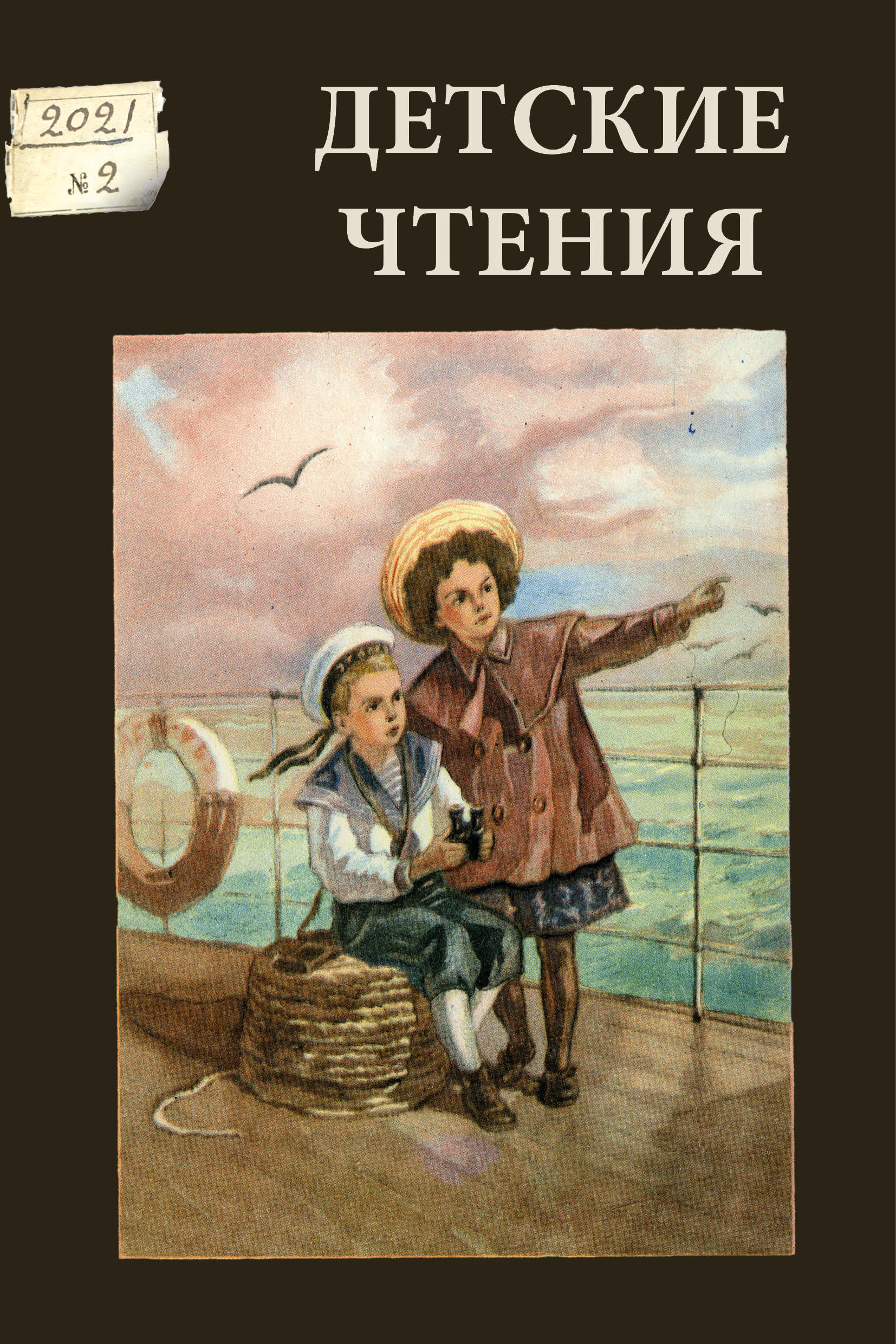Why Can’t Zhenya Alexandrova And Lida Zorina Have teams Of Comrades?
DOI:
https://doi.org/10.31860/2304-5817-2021-2-20-323-337Abstract
The article examines two popular Soviet works for teenagers — the short
story by Arkady Gaidar “Timur and his team” (1940) and the trilogy “Vasek Trubachev and his comrades” (1947–1951) by Valentina Oseeva. Both pieces depict the teenage community as a “school” of discipline and leadership. The article focuses on the analysis of the images of girls in these texts and their role in the group of comrades. A close analysis of the texts allows us to come to the following conclusions: although the Soviet teenage community admits and even assumes the participation of girls, their functions in the team are specific and refer to the traditional female roles in a patriarchal society: mother, helper, nurse of mercy, and mourner. Therefore, girls cannot pretend to be a leader in a team of friends. This role is a tabooed for them, at least in these two especially popular children’s texts, which certainly formed young readers’ role models, social expectations, and gender stereotypes. To a certain extent, they have been preserved to these days.
Keywords: Soviet children’s literature, collectivity, leadership, gender roles, images of girls, Arkadiy Gaidar, Valentina Oseeva







